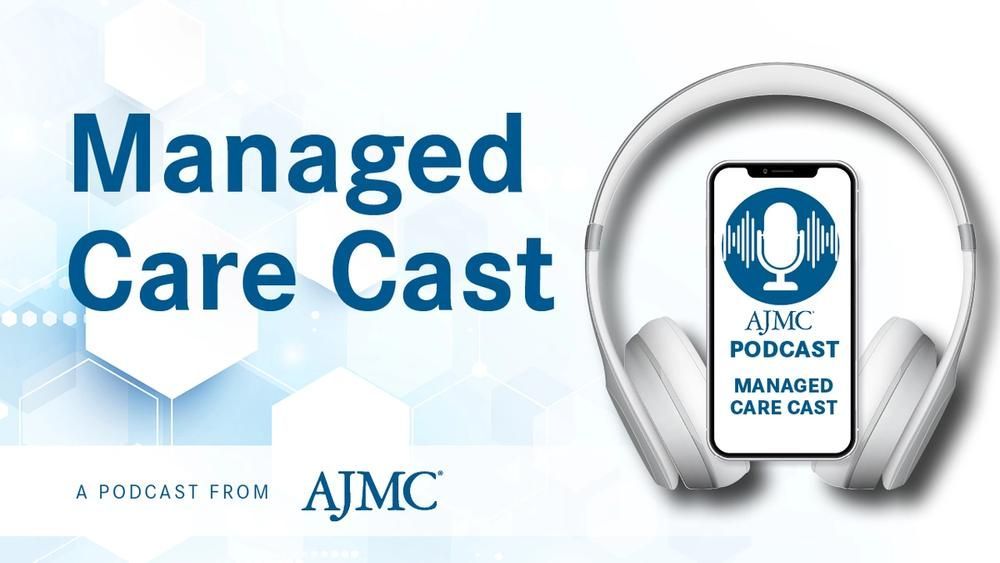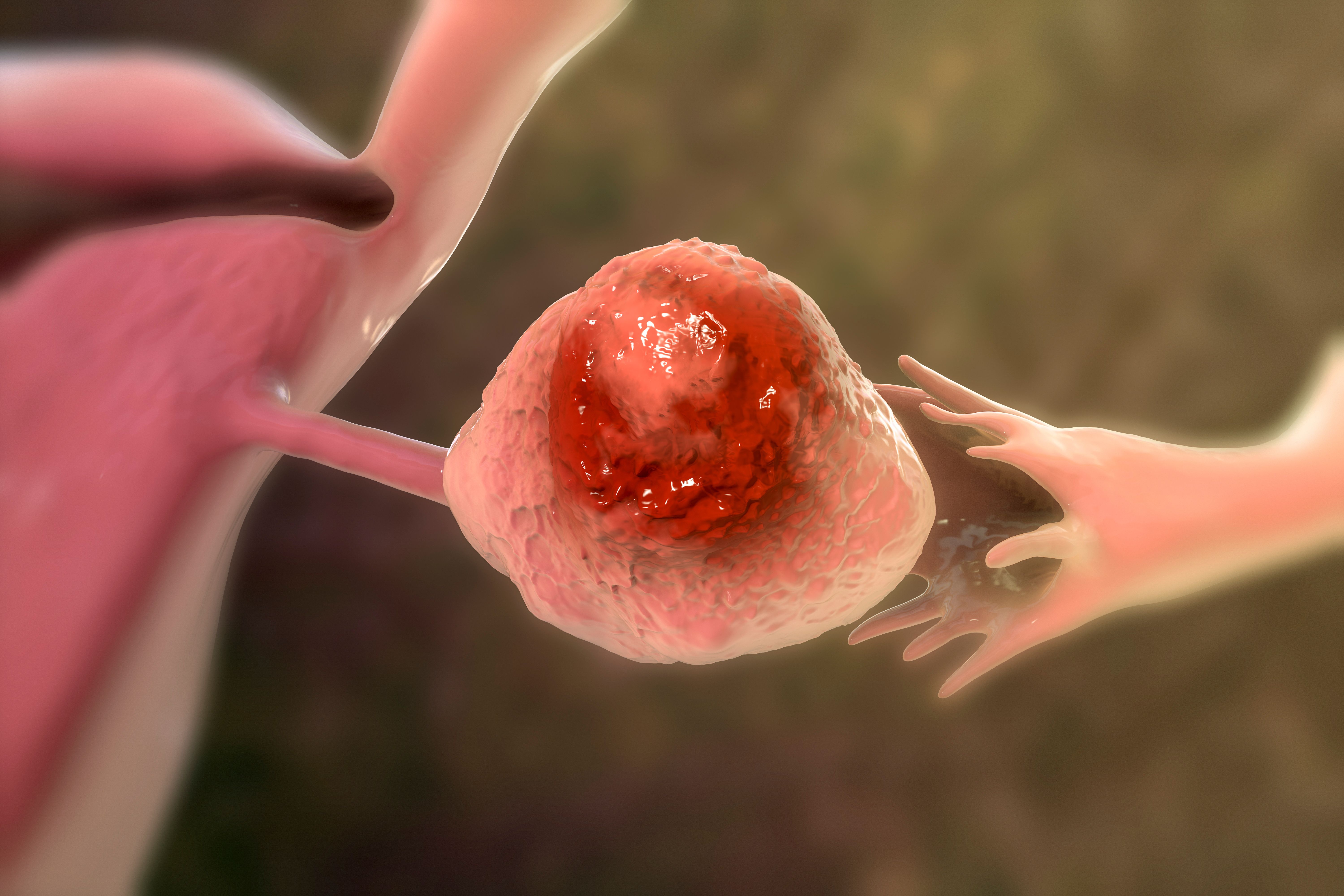News
Article
Combining Surgery and Biologic Therapy Improves Outcomes in Patients With CRSwNP
Author(s):
Combination endoscopic sinus surgery (ESS) and biological therapy significantly decreased polyp burden in refractory chronic rhinosinusitis with nasal polyposis (CRSwNP) compared with biologic therapy alone
Treatment with biologic therapy in combination with surgery for patients with refractory chronic rhinosinusitis with nasal polyposis (CRSwNP) may improve outcomes in polyp burden, according to research published in the International Forum of Allergy & Rhinology.
For patients with CRSwNP, biologic therapy has proved to be a useful treatment. Endoscopic sinus surgery (ESS) has also been effective for delivering medication and removing inflammatory tissue; however, previous studies demonstrate that biologic therapy offers lasting anti-inflammatory results, reduces polyp burden, and can even delay the timing of ESS. While previous studies have examined the impacts of biologic therapy on its own, Garvey et al. set out to investigate the joint effectiveness of biologic therapy with ESS compared to sole use of biologics.
This was a retroactive study where researchers looked at data from patients with CRSwNP who had ESS while receiving dupilumab or mepolizumab (the ESS-biologic cohort) compared with patients only receiving biologic therapy (the biologic-only cohort). Data were examined from 2018-2021 and included patients who received their diagnosis of CRSwNP from a rhinologist at Thomas Jefferson University Hospital.
The main outcomes analyzed included (SNOT-22) scores and total polyp scores. Polyp scores were measured on a scare of 1-4 as such: 0 = no polyps; 1 = polyps confined to the middle meatus; 2 = multiple polyps occupying middle meatus; 3 = polyps extending beyond middle meatus; 4 = polyps completely obstructing nasal cavity. The SNOT-22 is an assessment of patient quality of life, featuring a series of questions regarding nasal, sleep, function, ear/face, and emotional problems that are scored from 0 (indicating there is no problem) to 5 (indicating that the problem is the worst it can be).
A total of 16 patients made up the ESS-biologic cohort (13 received dupilumab and 3 received mepolizumab) and 16 patients made up the biologic-only cohort. The groups did not have any statistically significant differences in aspirin exacerbated respiratory disease status, indication, polyp scores, or baseline SNOT-22 scores.
Patients had ESS an average of 33 days after the onset of biologic therapy and were followed for 12 months. After this time period, both cohorts showed significant reductions in their total polyp scores. The ESS-biologic cohort had a total polyp score decrease from 4.73 to 0.01, whereas the biologic-only cohort’s total polyp score decreased from 5.22 to 3.8 (95% CI of difference, -5.37 to -1.38; Cohen’s d, 2.40; P = .005). The ESS-biologic cohort had a SNOT-22 score of 56.2 at enrollment vs 29.71 at 12 months (95% CI of difference, 12.04-43.71; Cohen’s d, 1.47; P = .004).
In the subanalysis of the ESS-dupilumab cohort, these patients displayed a significant drop in polyp burden from 4.85 to 0.00, compared with the biologic-only control group’s drop from 4.88 to 3.50 (95% CI of difference, -5.68 to -1.32; Cohen’s d, -1.69; P = .009). The biologic-only cohort showed no significant improvements in objective or subjective measures of symptoms.
The authors named their small sample size as the most impactful limitation they encountered. Missing data from various cases contributed to their limited cohort size, and they believed this hinderance influenced the difficulties they had with multiple variables reaching statistical significance.
The findings showed that a combination of ESS with biologic therapy can greatly reduce the polyp burden patients experience compared to treating with biologic therapy alone. The researchers mention that patients in the ESS-biologic cohort also experienced the most improvement in subjective symptoms, but these results did not reach statistically significant markers. Considering this outcome, researchers state that further studies are necessary to fully understand the impact that ESS combined with biologic therapy has for patients with CRSwNP.
Reference
Garvey E, Naimi B, Duffy A, et al. Optimizing the timing of biologic and surgical therapy for patients with refractory chronic rhinosinusitis with nasal polyposis (CRSwNP). Int Forum Allergy Rhinol. Published online July 28, 2023. doi:10.1002/alr.23246
Newsletter
Stay ahead of policy, cost, and value—subscribe to AJMC for expert insights at the intersection of clinical care and health economics.




